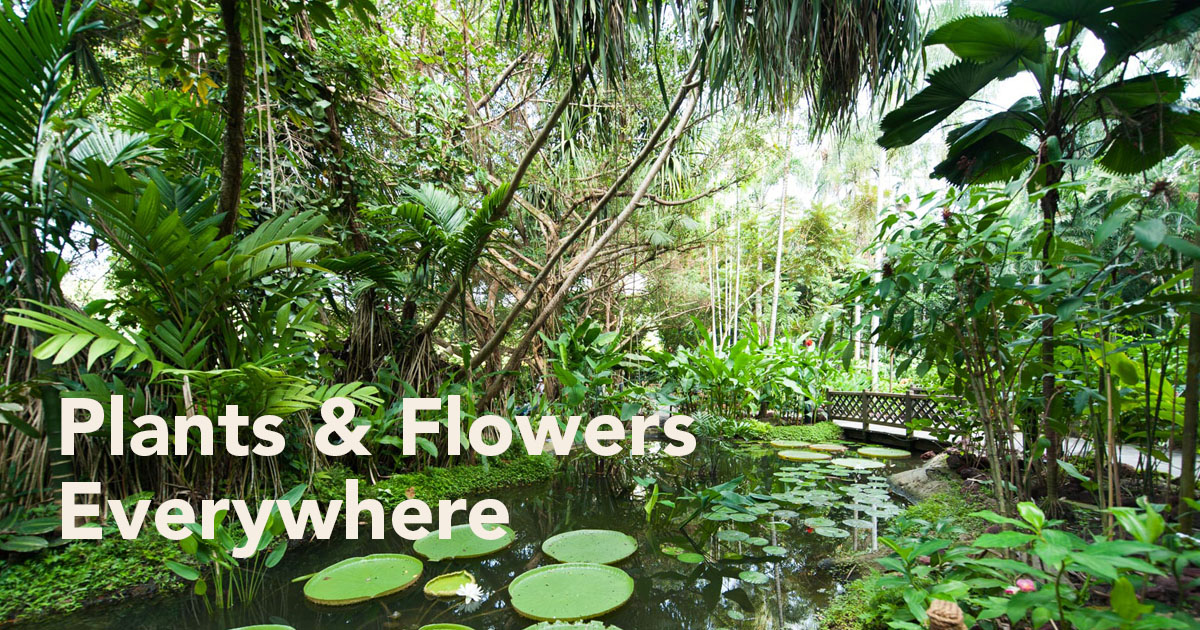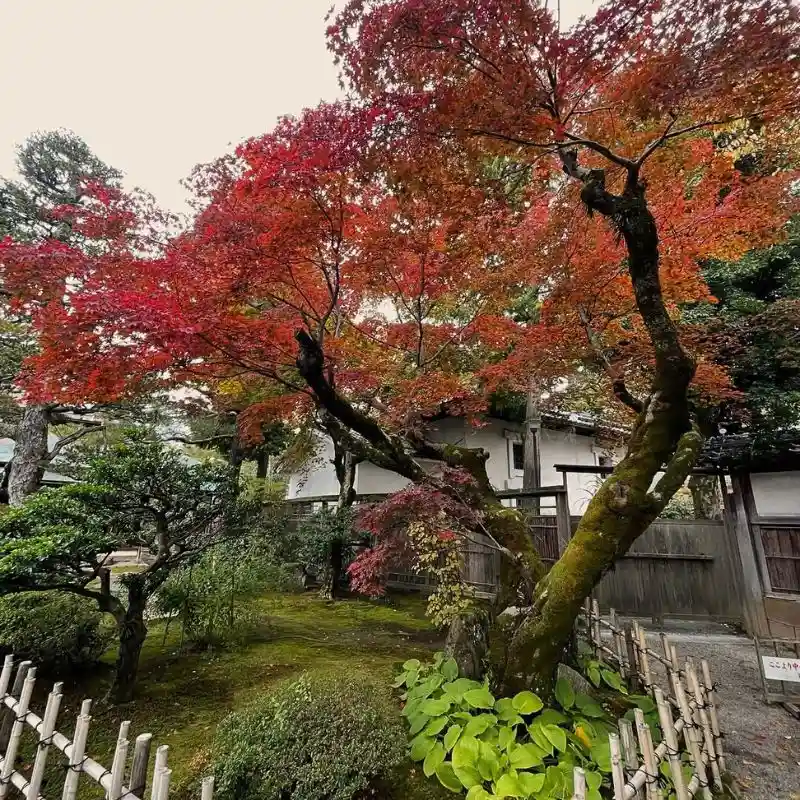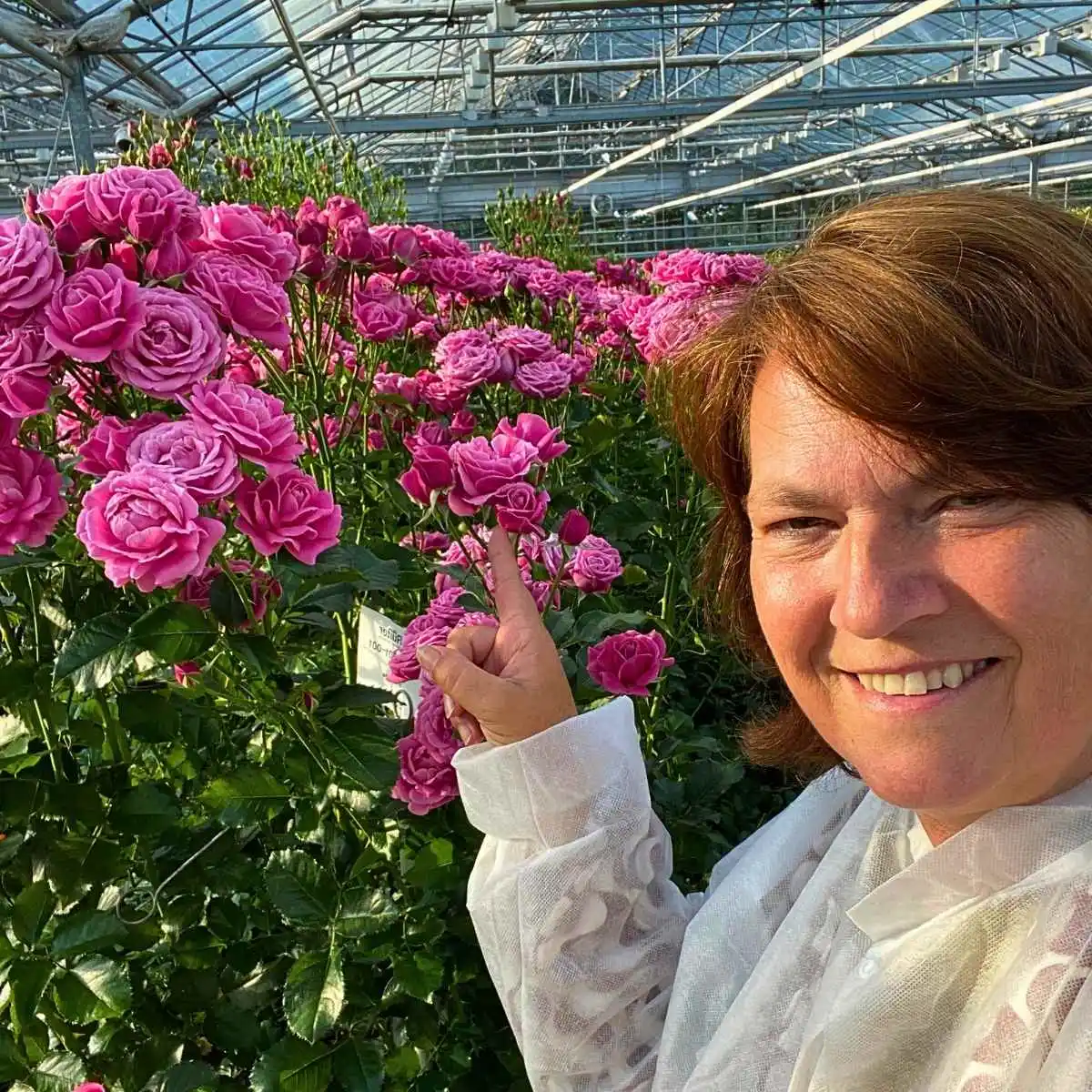The Singapore Botanic Gardens is an exuberant retreat of nature that offers a peaceful respite from the city's everyday activities. Established in 1859, this historical landmark spans 82 hectares and was inscribed as a UNESCO World Heritage Site on 4th July 2015 because of Singapore's commitment to preserving its natural heritage. Keep reading to get soaked in the greenery of this place.
The Unique Scheme of the Singapore Botanic Gardens and What You Can See Inside
The Singapore Botanic Gardens features an extensive collection of plant species from various parts of the world. From towering palm trees to delicate ferns, the gardens expose a diverse range of plants and flowers that reflect the rich biodiversity of the region. They show six different entrances, each of them featuring different types of species and gardening schemes.
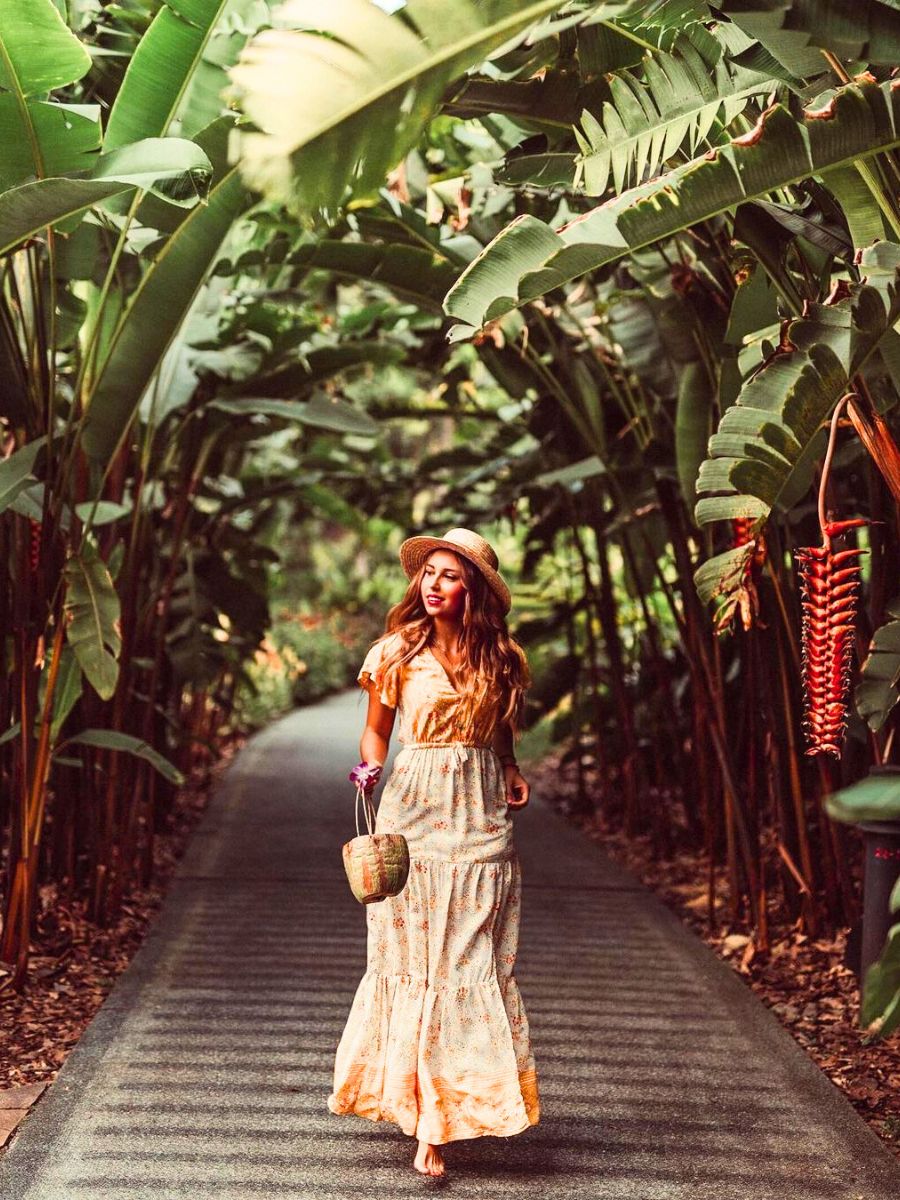
Photo by @life_in_tokyo
Here are the main entrances and gardens you can access:
1. Tanglin Entrance
Seen at the western end of the gardens, the Tanglin Gate serves as one of the main entrances for visitors. Adjacent to the Tanglin Gate is Swan Lake, a scenic body of water home to graceful swans and other waterfowl. The Botany Center has a visitor information center for the southern end of the gardens. Research facilities like the Singapore Herbarium, the Library of Botany and Horticulture, and the Orchid Breeding and Micropropagation Laboratory are located here.
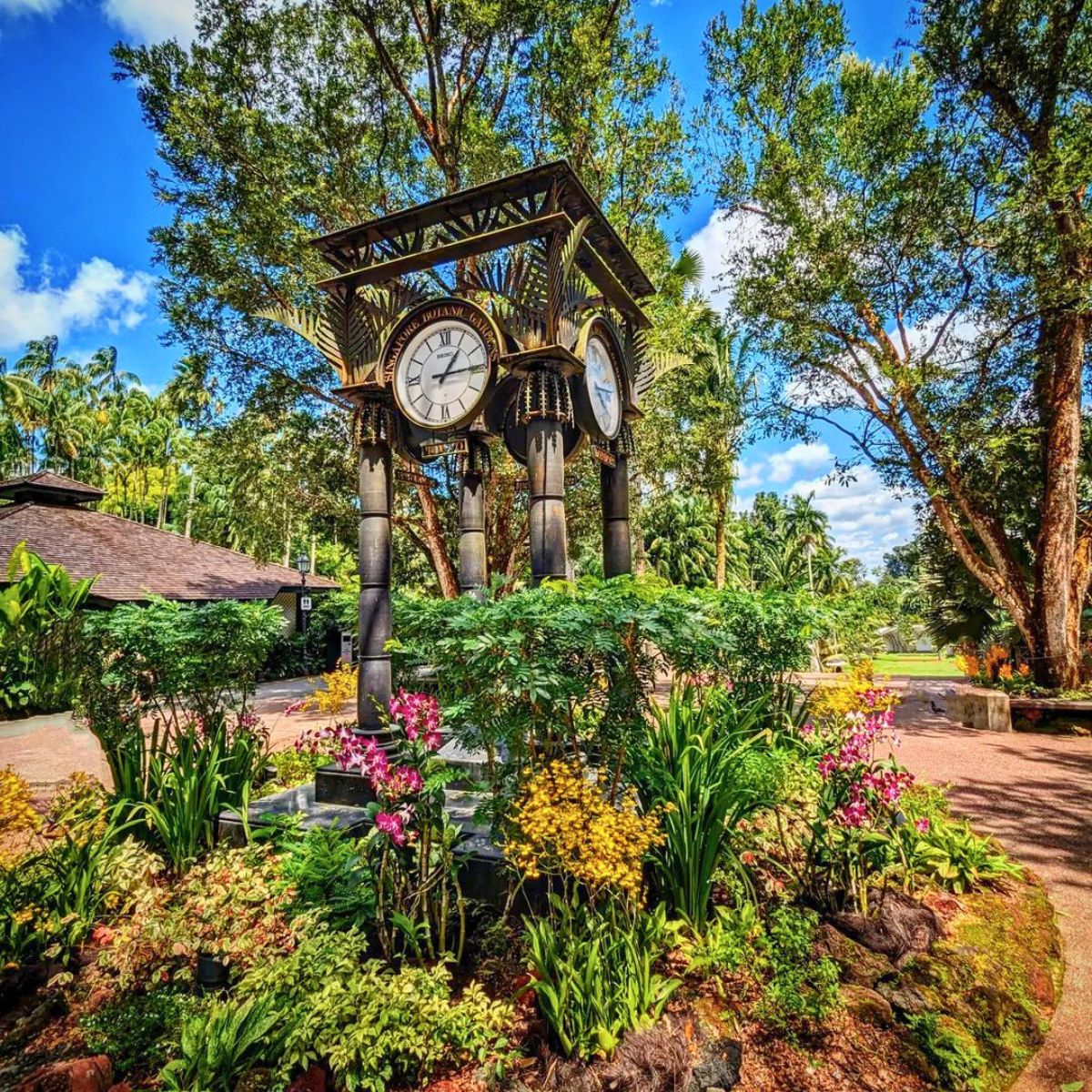
2. Bukit Timah Entrance
This gate is located at the northern end of this stupendous place. The Bukit Timah Gate provides access to the Bukit Timah Core, a section of the gardens known for its abundant rainforest vegetation. Visitors entering through the Bukit Timah Gate can explore the Rainforest Trail, a winding pathway that meanders through the dense foliage of the tropical rainforest.
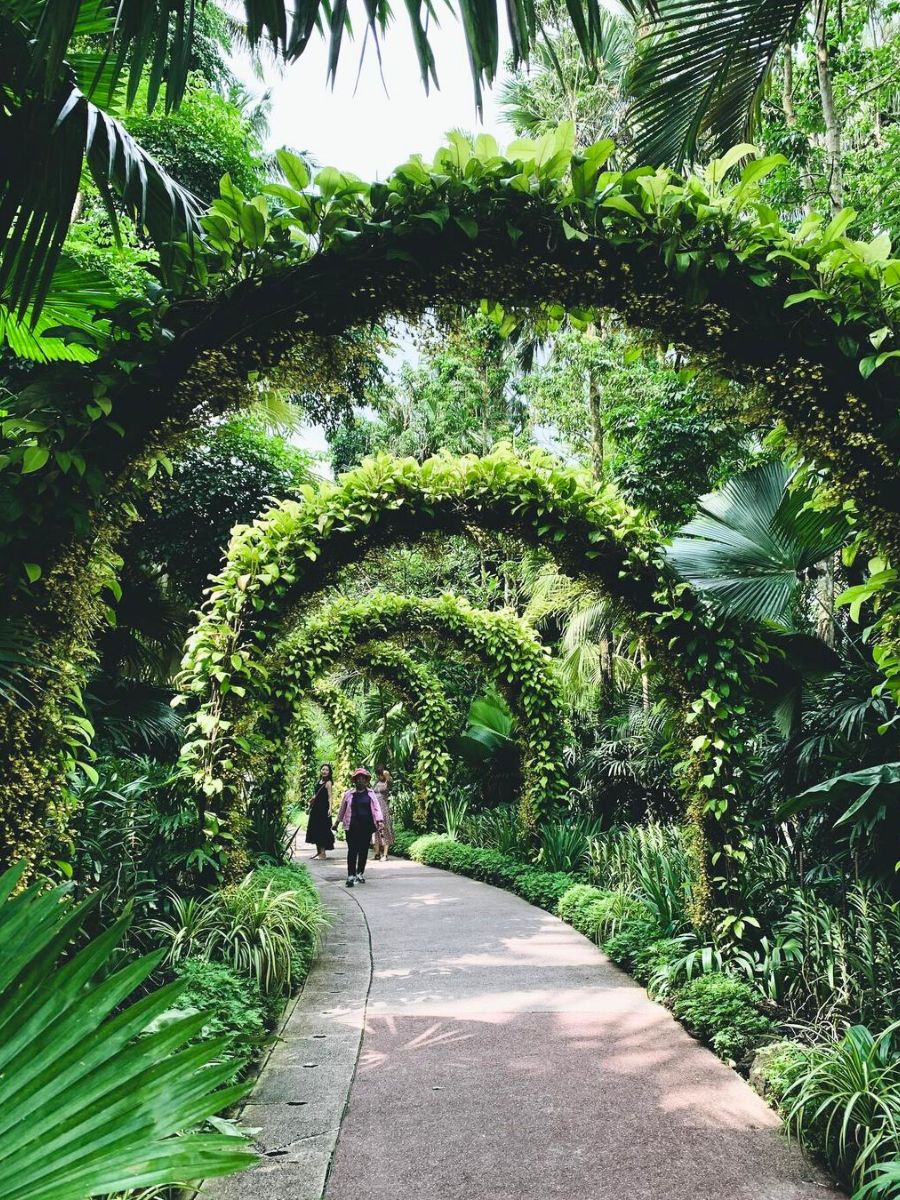
3. Nassim Entrance
The Nassim Gate, situated at the eastern end of the Gardens offers access to the Nassim Core, which is home to several themed gardens and attractions. One of the highlights near the Nassim Gate is the Evolution Garden, where people can learn about the evolution of plants over millions of years through interactive exhibits and displays.
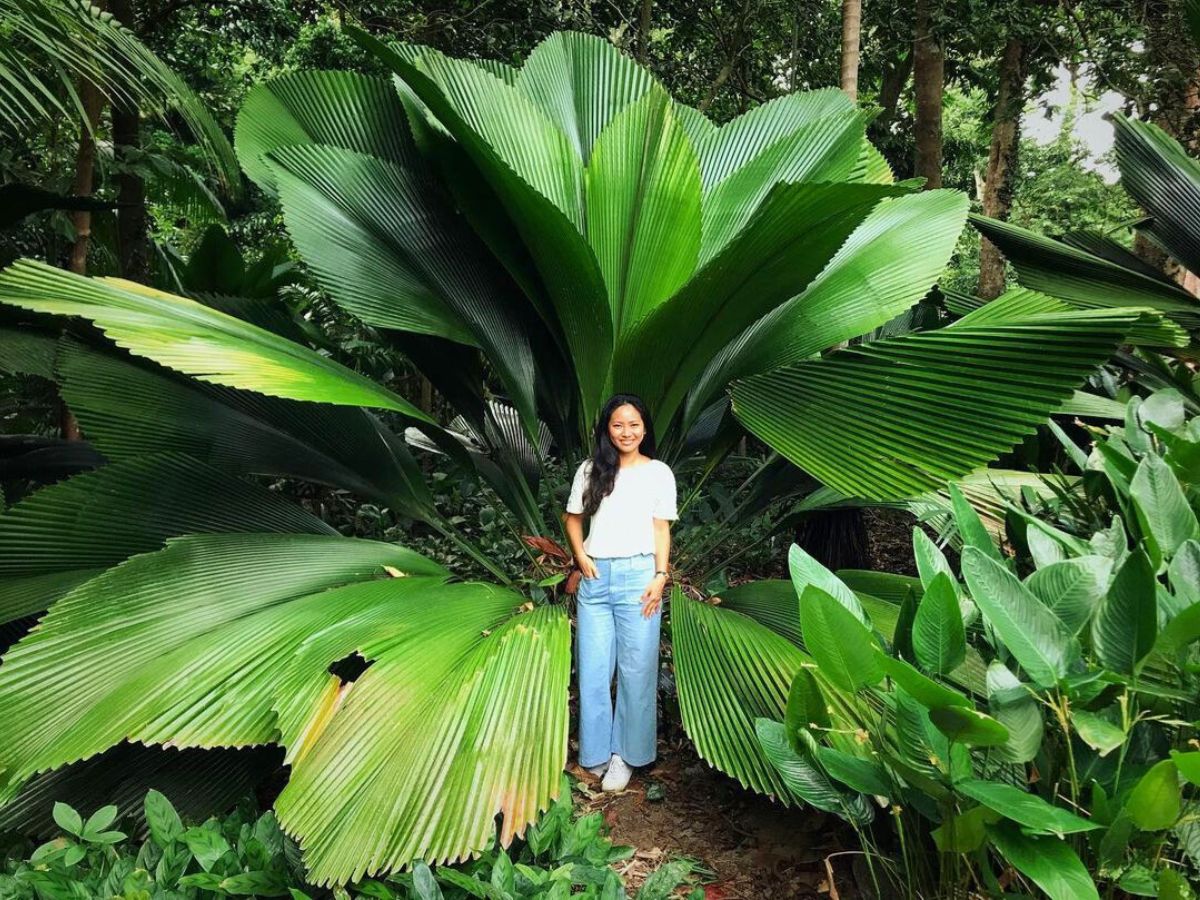
4. Tyersall Gate
The 'Our Rainforest Heritage' mural at the Tyersall Gate Visitor Center was designed by artist Eng Siak Loy who also designed the Singapore Botanic Gardens stamp series as well as the Tanglin Gate. It depicts the flora and fauna that can be found in the gardens 'Rainforest' and the Learning Forest. In this part of the gardens, you'll be able to treat your eyes to a spectacular display of gingers and their relatives in all shapes and forms while soaking in the relaxing ambiance of the Ginger Garden.
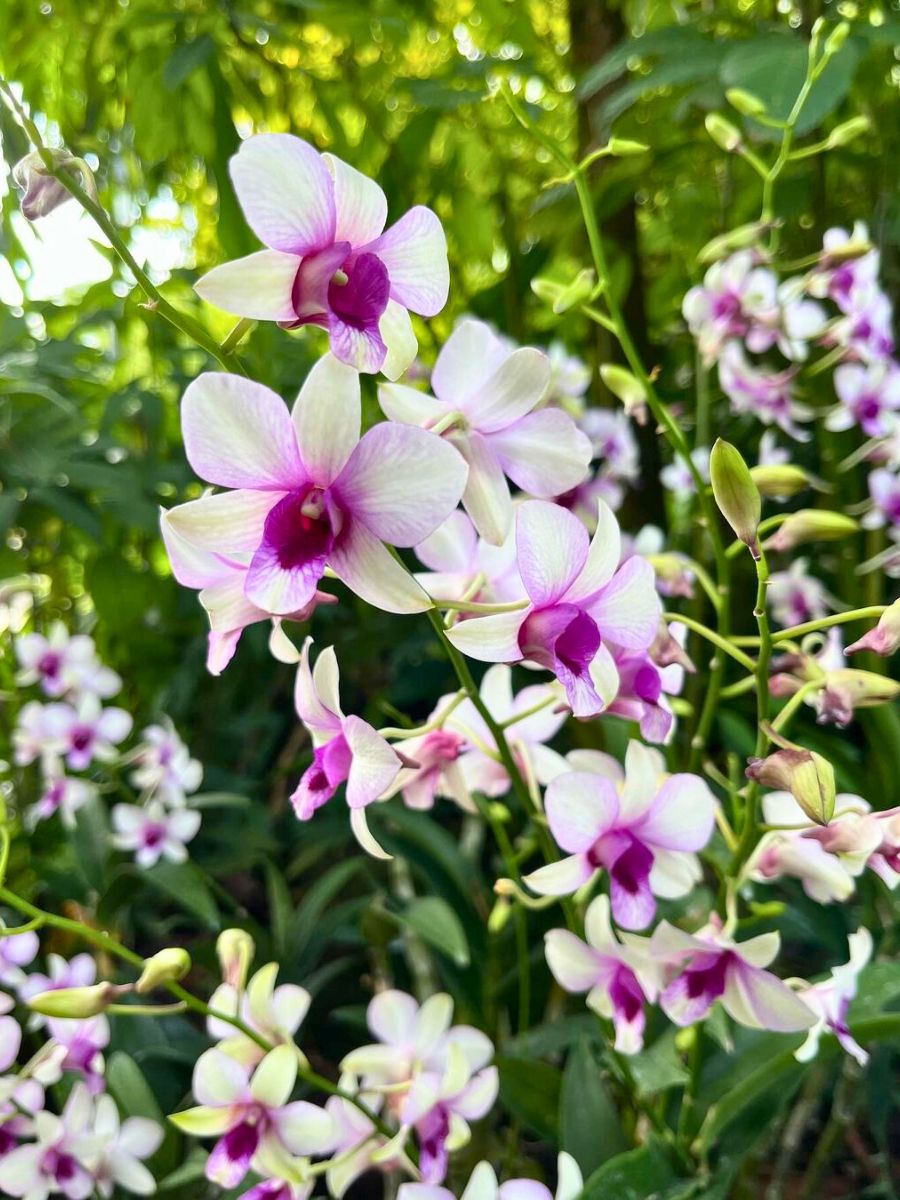
Photo: @slomojomo
Additionally, with over a thousand species and two thousand hybrids on display, the splendor of orchids is a sight to behold at the National Orchid Garden. The Learning Forest is located in the Tyersall-Gallop Core. It is designed to integrate with the existing 6-hectare rainforest to form an enlarged forest habitat.
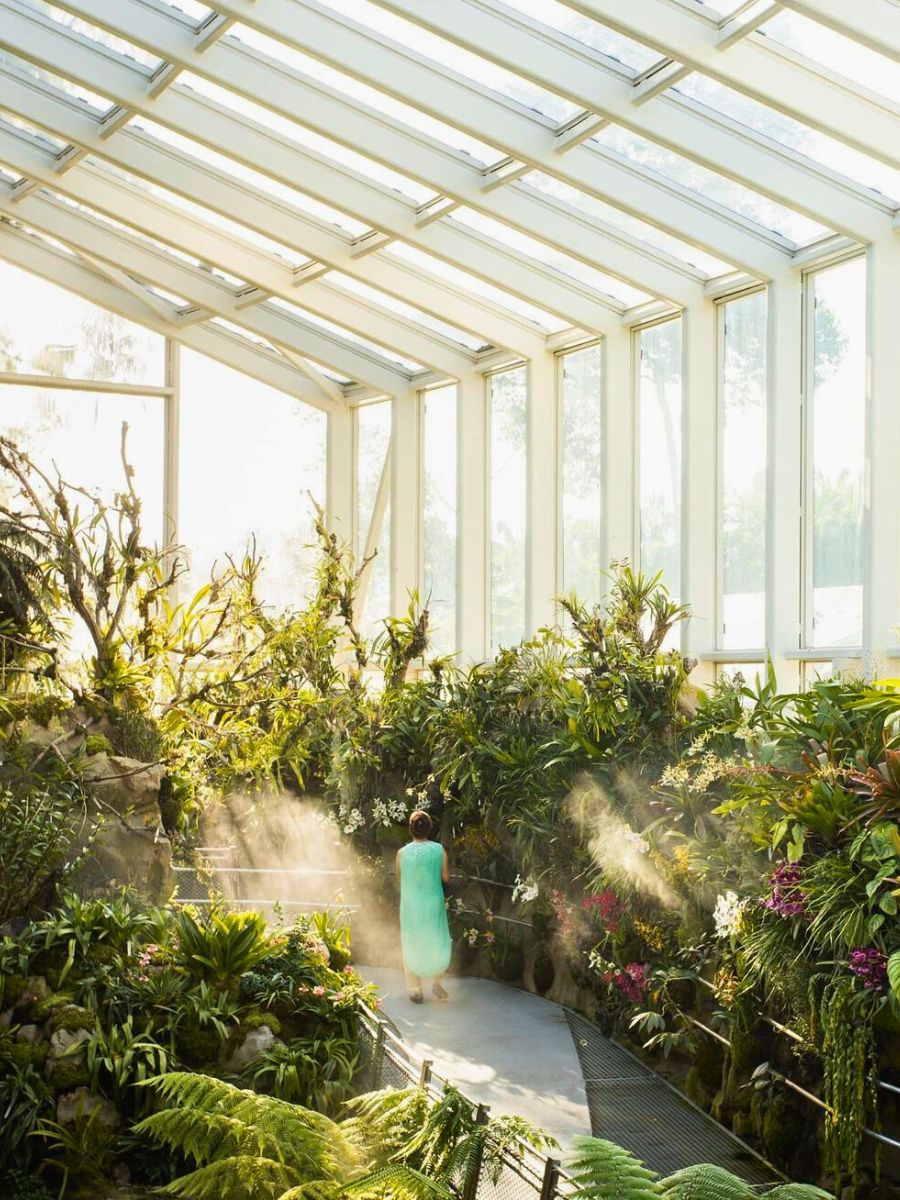
Photo: @fin.barr
5. Gallop Entrance
The Gallop Extension is an 8-hectare addition to the Singapore Botanic Gardens, bringing the total area to 82 hectares. It comprises two conserved buildings that have been refurbished into the Botanical Art Gallery and Forest Discovery Center, the COMO Adventure Grove, Mingxin Rambler's Ridge, and OCBC Arboretum.
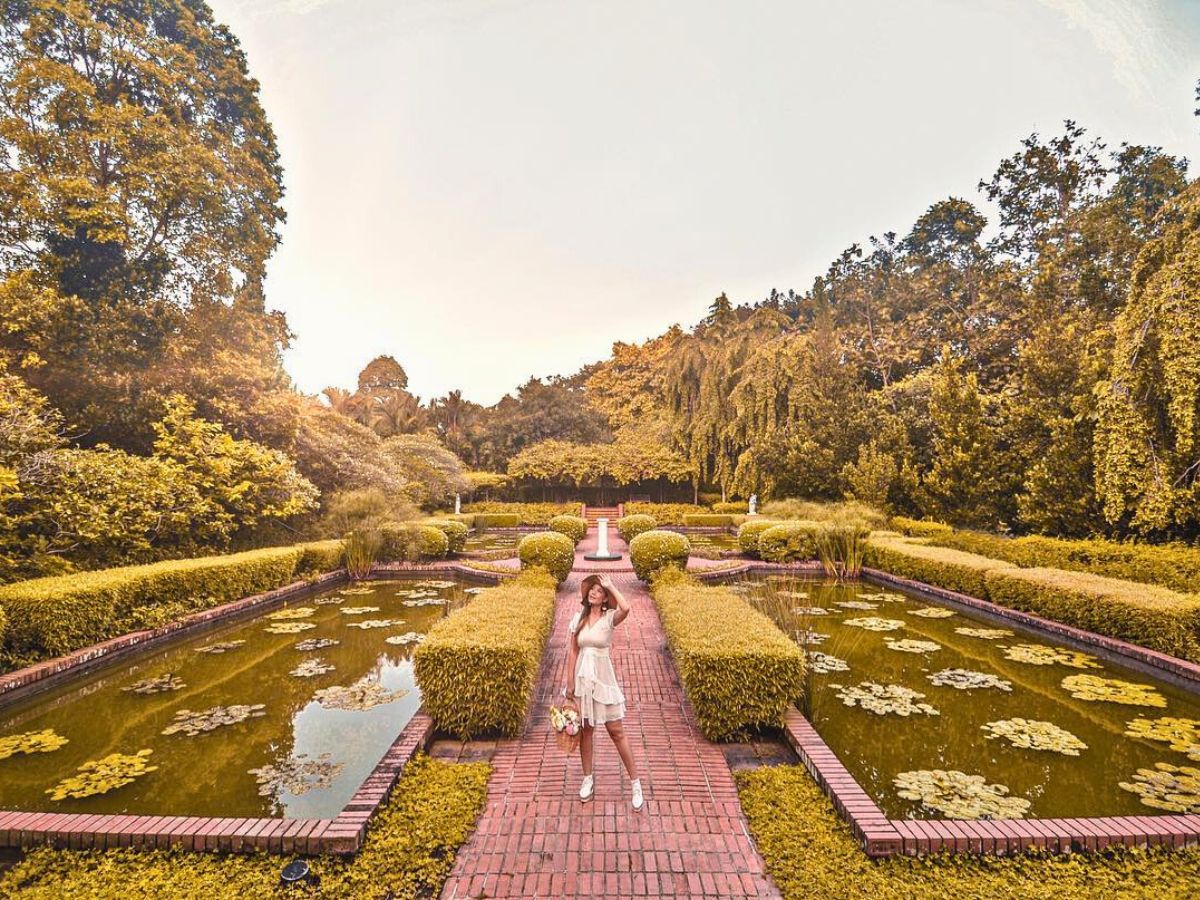
On this part, visitors can get up close and personal with a variety of species that are characteristic of lowland deciduous forests, a common forest type in Continental Southeast Asia, a region encompassing Thailand, Laos, Cambodia, Vietnam, and Myanmar.
Singapore’s First UNESCO World Heritage Site
The Singapore Botanic Gardens was designated as a UNESCO World Heritage Site on July 4, 2015, during the 39th session of the World Heritage Committee (WHC) in Bonn, Germany. The Gardens are the first and only tropical botanic gardens on the UNESCO World Heritage List. It is Asia's first botanical garden and the world's third, after the Orto Botanico di Padova and the Royal Botanic Gardens, Kew.
The inscription bid process began in 2010, following a feasibility study commissioned by the then-Ministry of Information, Communications, and the Arts, which included consultation with experts, academics, and other stakeholders such as the Singapore Heritage Society.
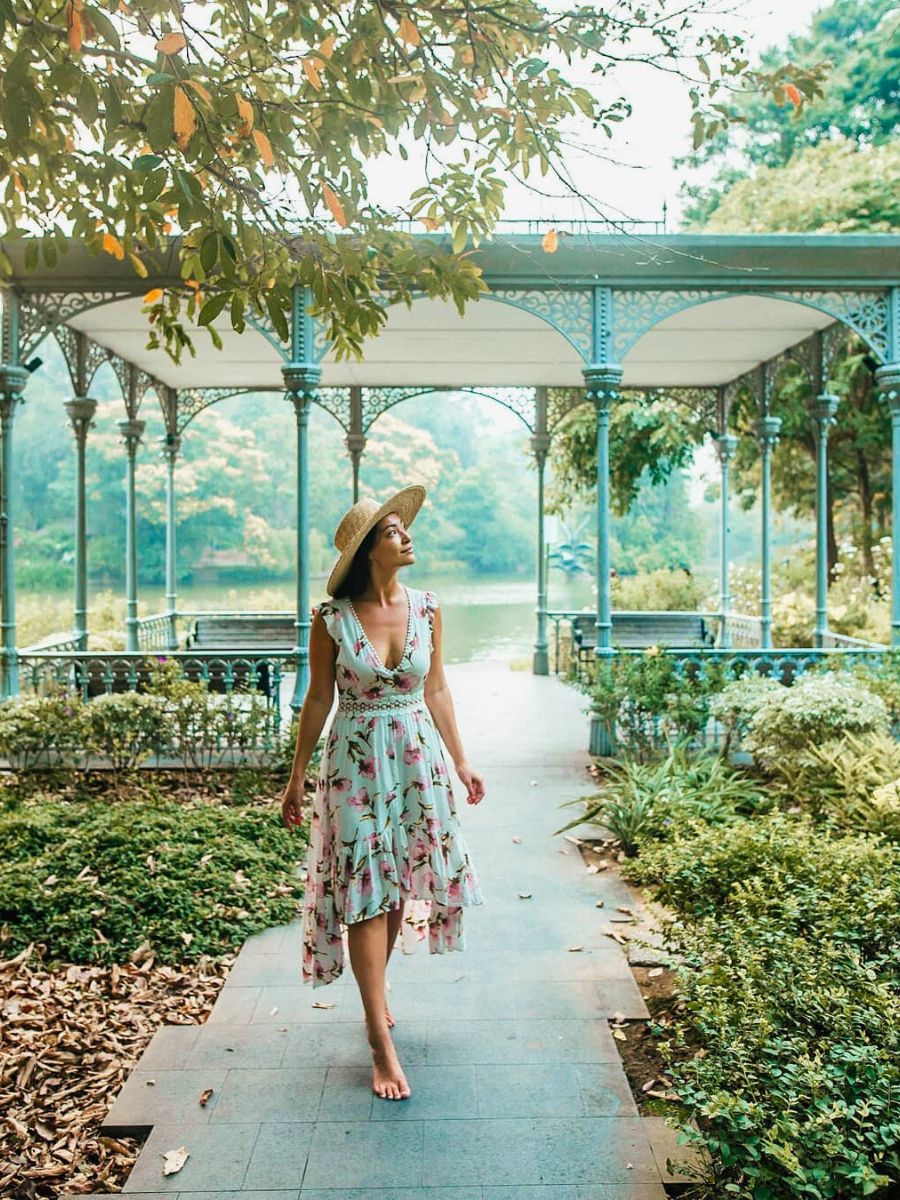
On 15 May 2014, the International Council on Monuments and Sites (ICOMOS) released a recommendation for the Gardens to be inscribed as a UNESCO World Heritage Site. Its evaluation guided the discussion of Singapore’s bid at the 39th session of the World Heritage Committee (WHC).
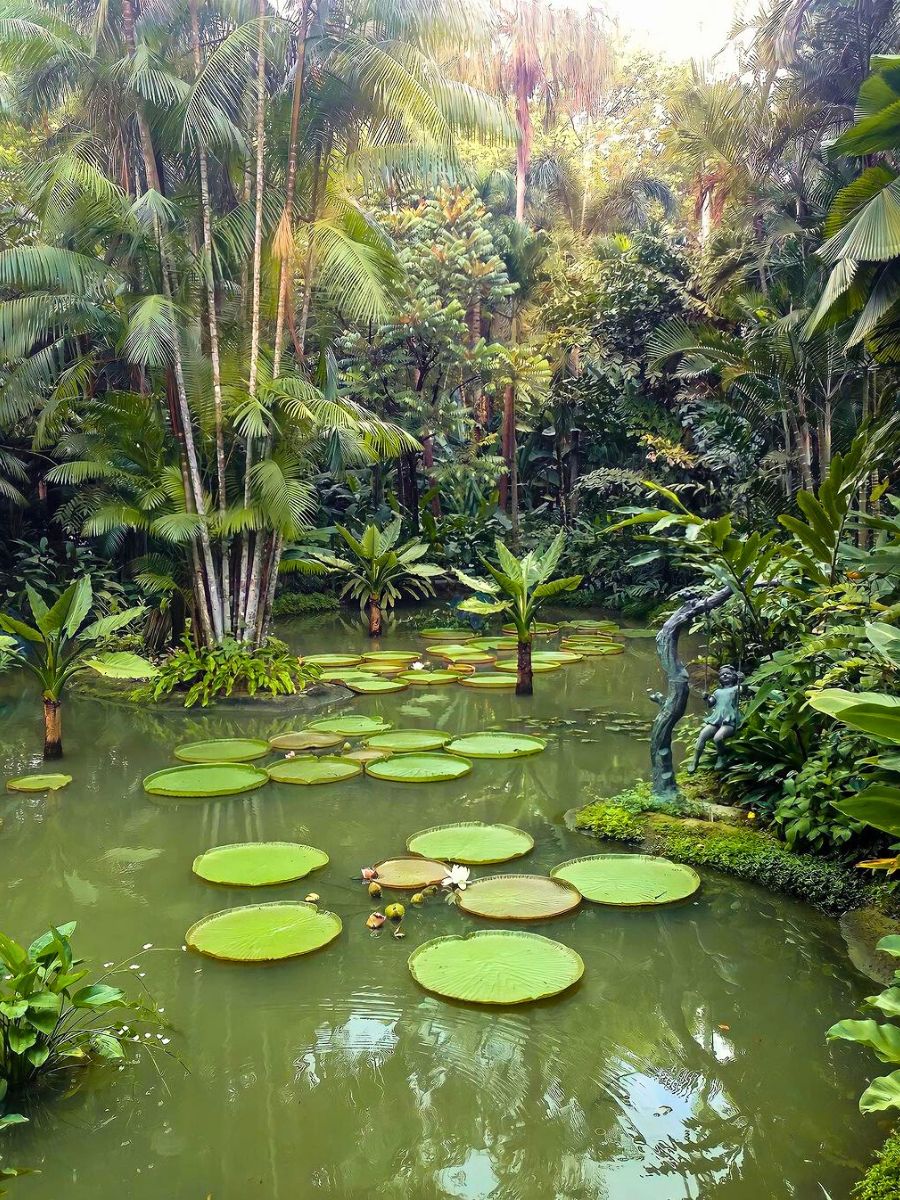
A Capturing Historical Tale About the Singapore Botanic Gardens
The concept of a national garden in Singapore originated in 1822, when Sir Stamford Raffles, the founder of modern Singapore and an avid naturalist, established the first 'Botanical and Experimental Garden' at Fort Canning. An Agri-Horticultural Society founded and laid out the Gardens at their current location in 1859, following the English Landscape Movement style.
The gardens were quickly handed over to the British colonial government (in 1874), and a series of Kew-trained botanists helped them grow into an important botanical institute over the next few decades. Today, they are managed by the National Parks Board, a statutory board of the Singapore government.
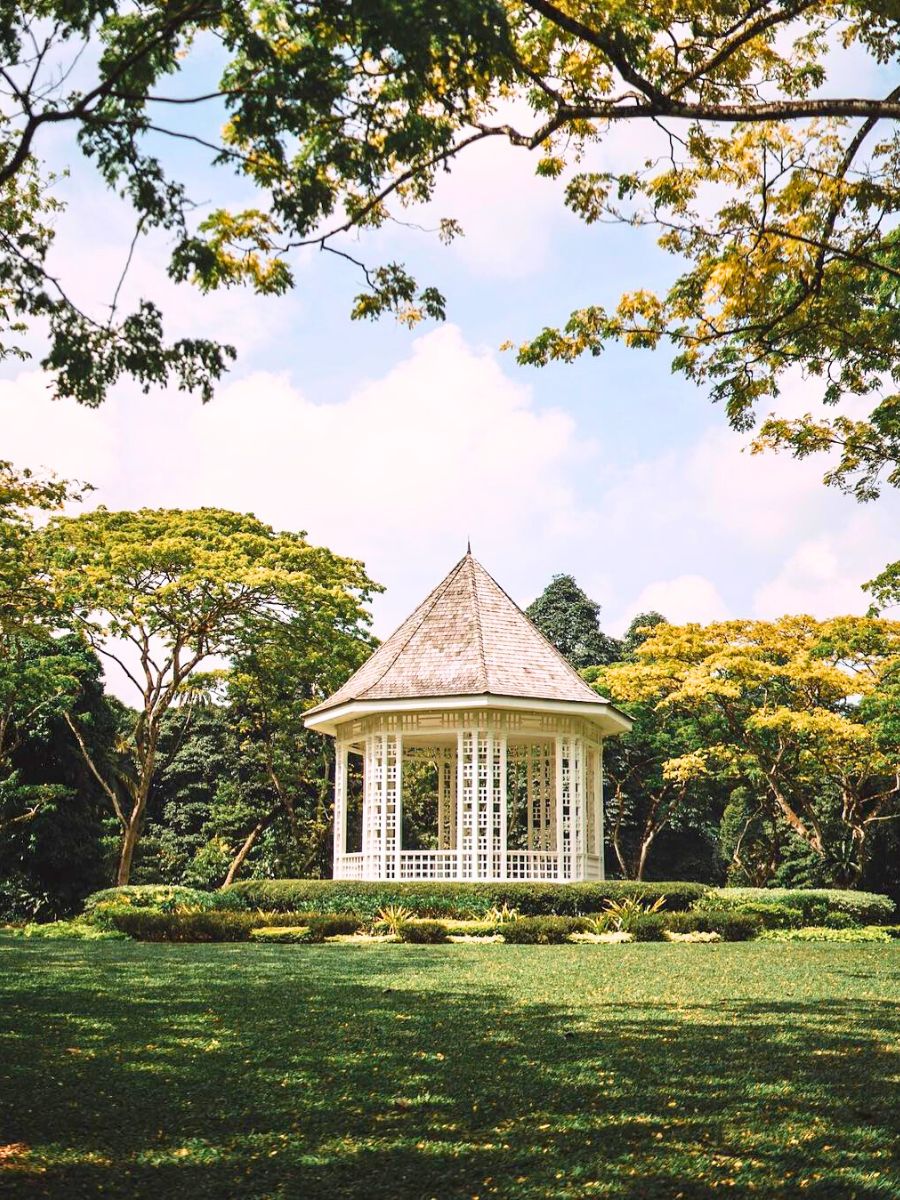
In the early years, the gardens were instrumental in promoting agricultural development in Singapore and the region by collecting, growing, experimenting, and disseminating potentially beneficial plants. Beginning in 1928, they spearheaded orchid breeding and began its orchid hybridization program, aided by new in vitro techniques developed in its laboratories. In modern times, these gardens have also played an important role in Singapore's Garden City program by regularly introducing plants of horticultural and botanical interest.
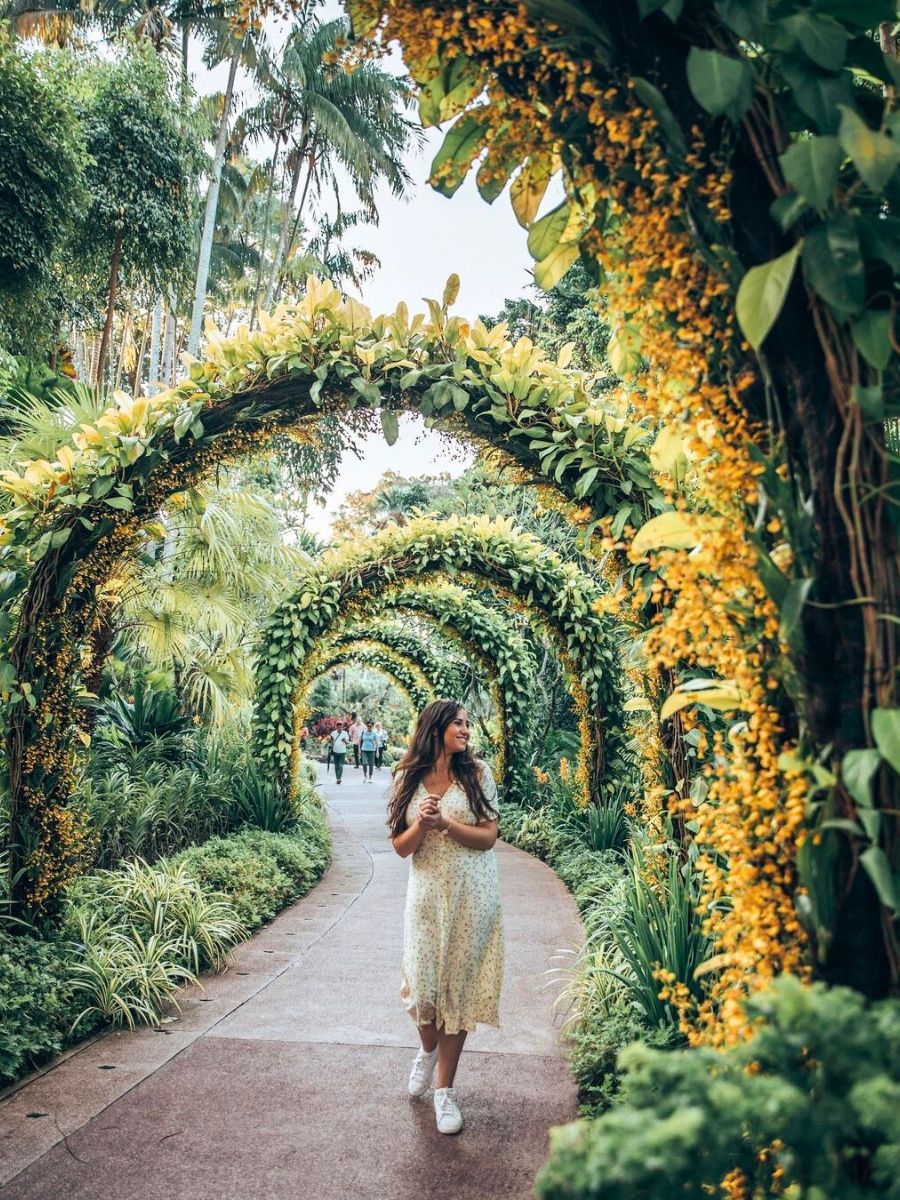
The 82-hectare gardens, established in 1859, have a unique and significant place in Singaporean and regional history. It will continue to play an important role as a leading tropical botanical institute, as well as an endearing place for all Singaporeans, thanks to the botanical and horticultural work done today.
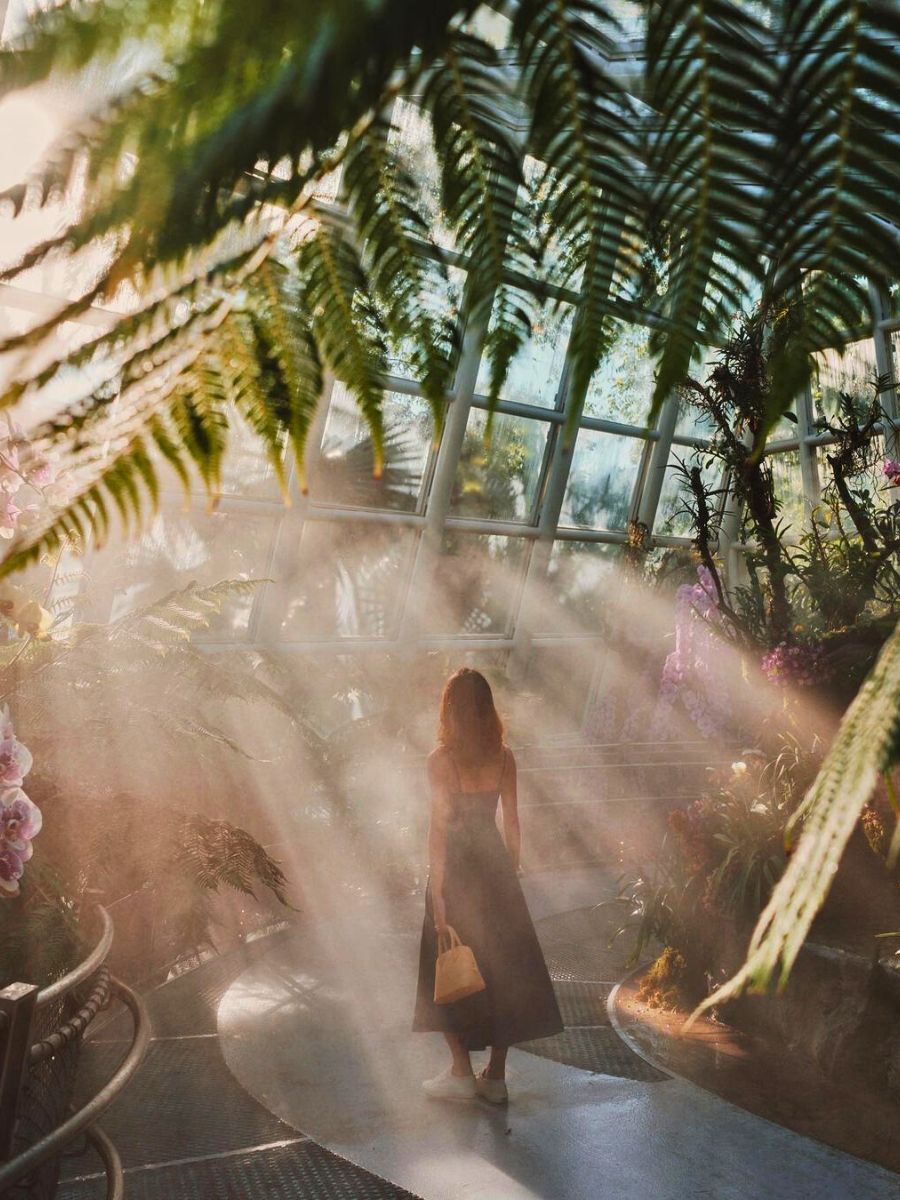
Beyond its recreational and historical significance, the Singapore Botanic Gardens plays a crucial role in scientific research and education as well. Its state-of-the-art research facilities and partnerships with leading scientific institutions contribute to the advancement of botanical knowledge and conservation efforts. Through educational programs and guided tours, they aim to inspire visitors to appreciate the importance of biodiversity and the role that plants play in sustaining life on Earth. From school children to avid botanists, there is something for everyone to learn and explore.
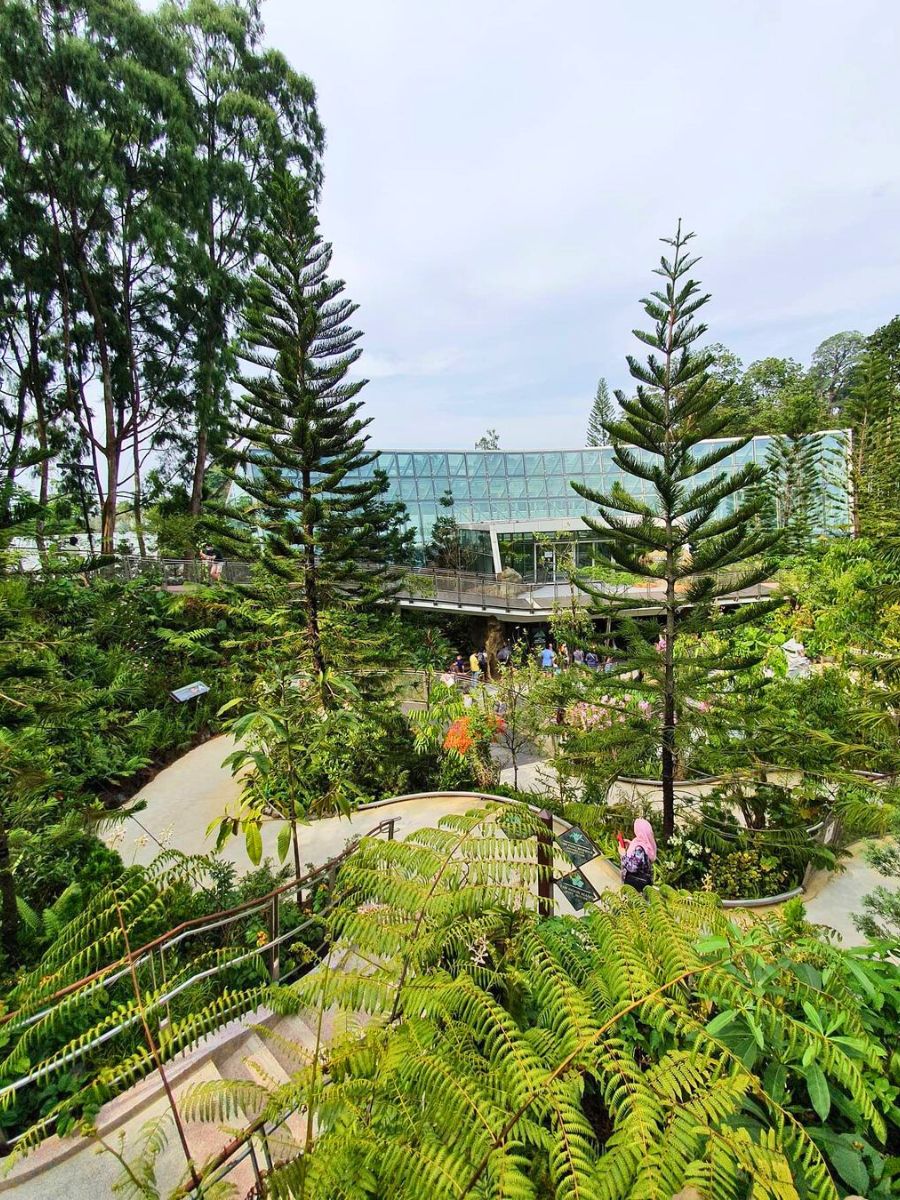
Photo: National Parks Board
So, as the sun sets, the gardens take on a magical ambiance, with soft lighting illuminating the foliage and pathways. The Symphony Stage, amidst the greenery, becomes a focal point for cultural performances and events, providing an amazing space for visitors to gather and enjoy the evening air. For more information visit the Singapore Botanic Gardens' website.
Interested in other botanic gardens around the world? Then read on with the article 10 of the Best Botanical Gardens in the World.
Header image by @singaporebotanicgardens.

